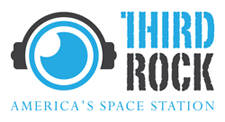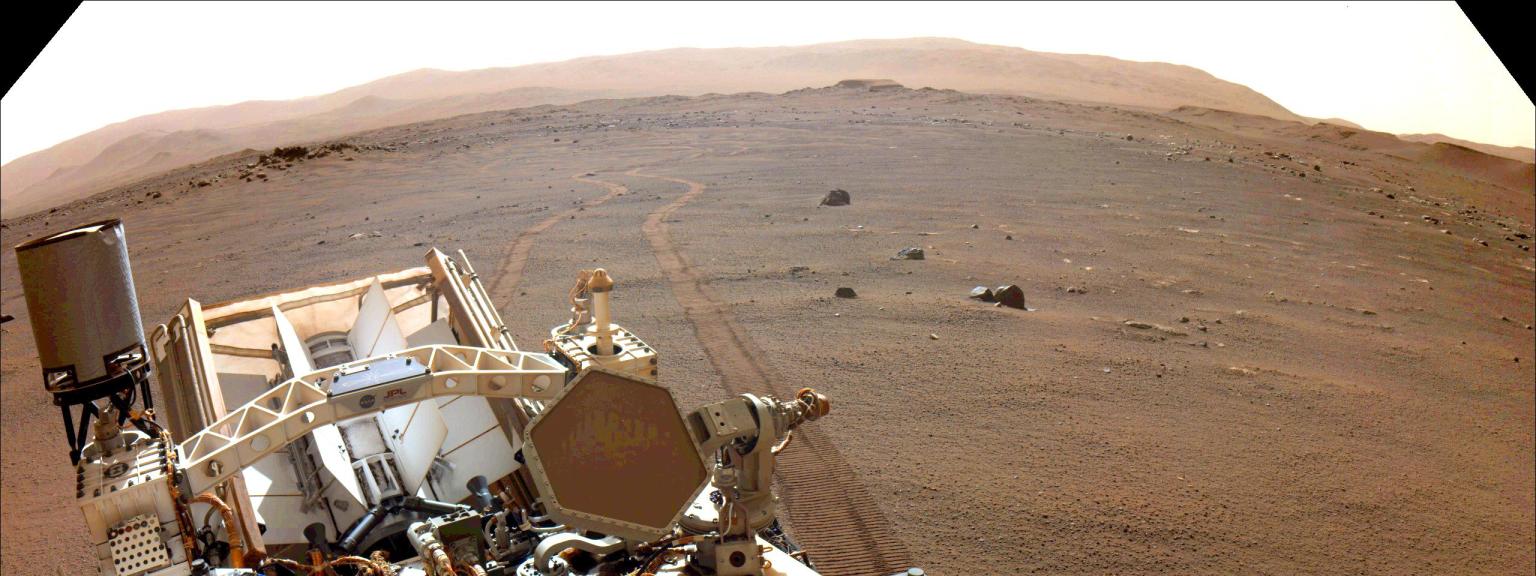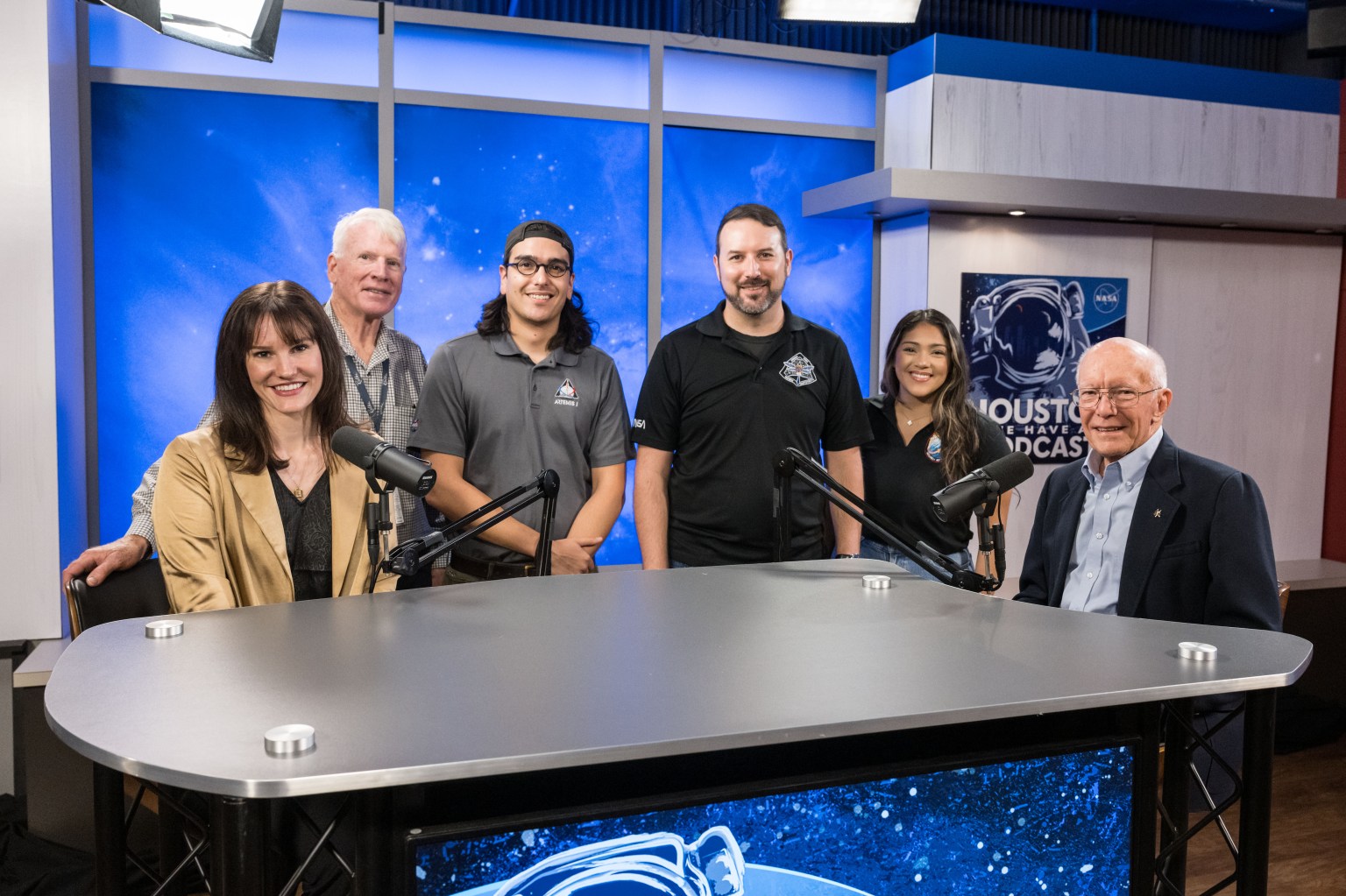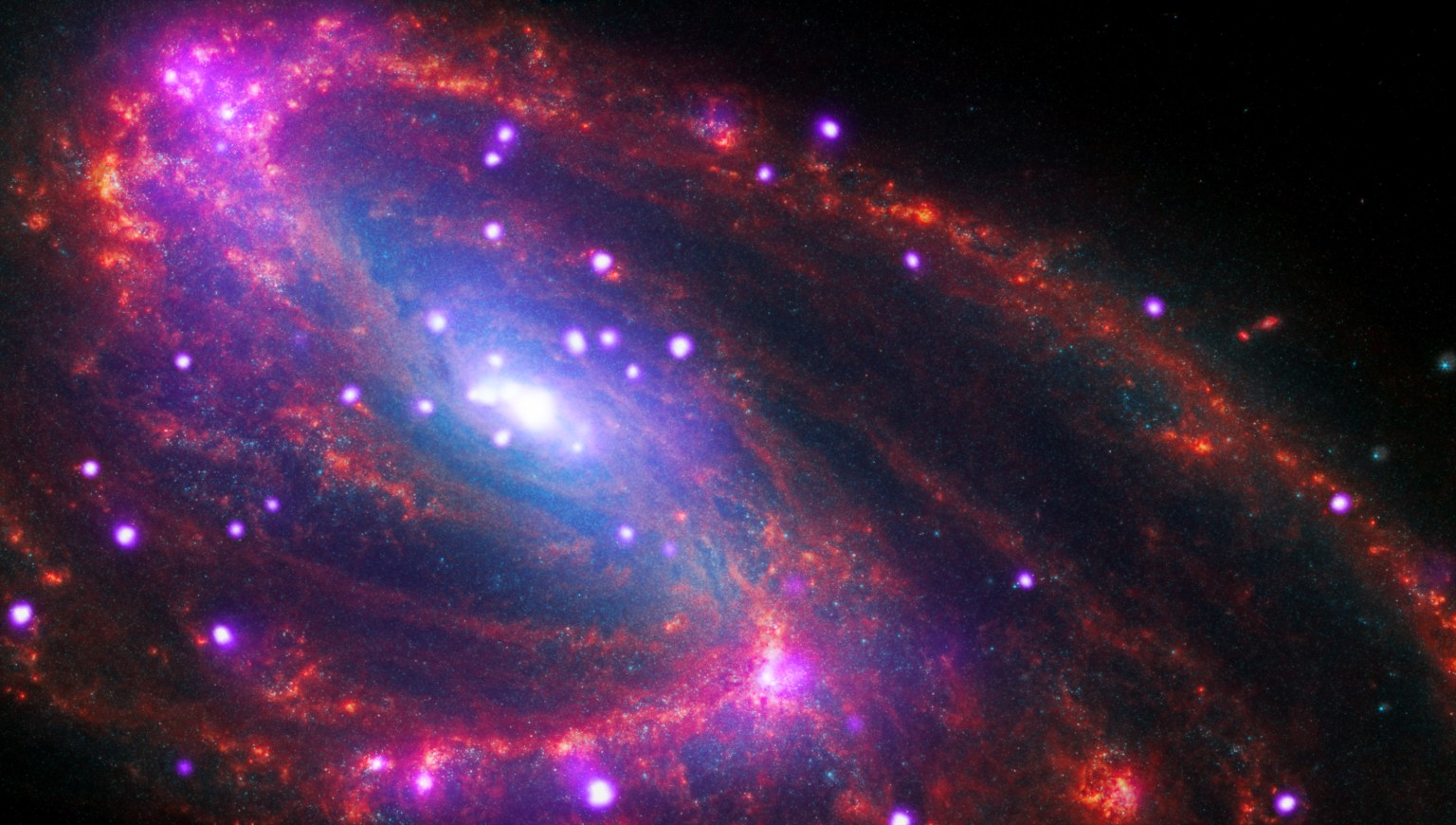Third Rock Radio
NASA’s mission of discovery and exploration is being showcased in a custom-produced Internet music radio station that is crafted specifically to speak the language of tech-savvy young adults. Third Rock – America’s Space Station offers listeners a New Rock/Indie/Alternative format. The station is being developed and operated at no cost to the government through a Space Act Agreement with Houston-based RFC Media. Third Rock also will help partner companies fill high-tech job openings in the engineering, science and IT fields. Visit Third Rock.
NASA on Soundcloud
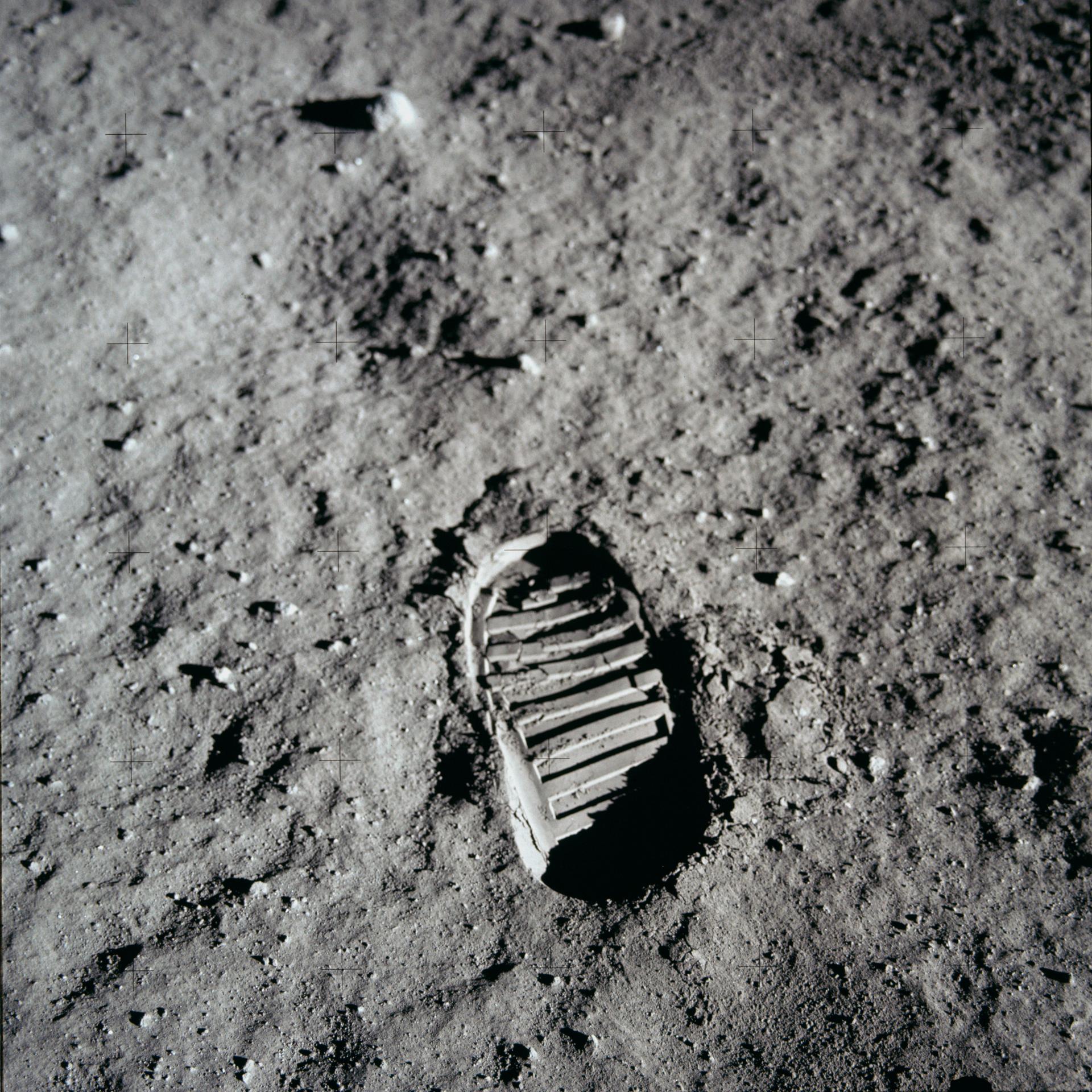
Explore the universe and discover our home planet with NASA through a collection of our sounds from historic spaceflights and current missions. You can hear the roar of a space shuttle launch or Neil Armstrong’s “One small step for (a) man, one giant leap for mankind” every time you get a phone call if you make our sounds your ringtone. Or, you can hear the memorable words “Houston, we’ve had a problem,” every time you make an error on your computer.
For sound file use policy, please see Media Usage Guidelines.
Small Steps, Giant Leaps
NASA’s technical workforce put boots on the Moon, tire tracks on Mars, and the first reusable spacecraft in orbit around the Earth. Learn what’s next as they build missions that redefine the future with amazing discoveries and remarkable innovations.
View Series
0:00 / 0:00





























